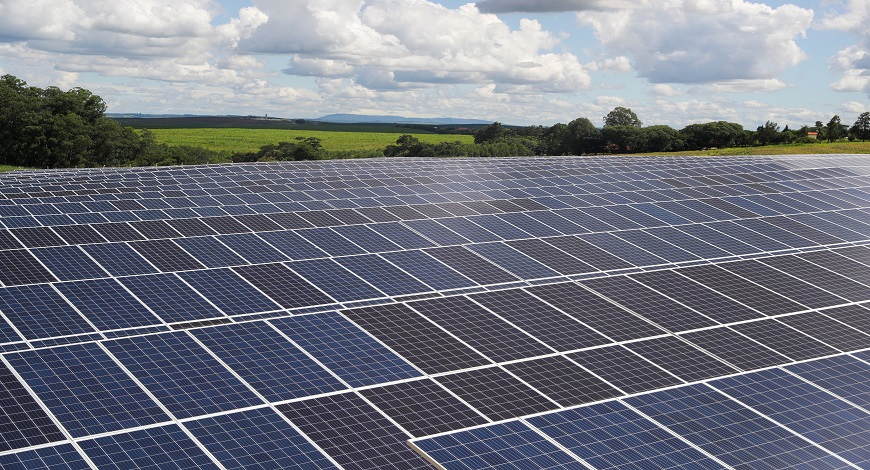On Wednesday, the Union Cabinet permitted a Rs 19,500 crore offer from the Ministry of New and Renewable Energy (MNRE) for the Second Tranche of the ‘Production-linked Incentive’ (PLI) scheme for manufacturing solar equipment. This is part of the ‘National Programme on High-Efficiency Solar PV Modules’ to achieve manufacturing capacity of Giga Watt (GW) scale in high-efficiency Solar Photovoltaic (PV) modules.
“The scheme will introduce direct investment of Rs 94,000 crore, leading to the formation of manufacturing capacity for allied equipment in the solar manufacturing chain,” the statement mentions. It said the scheme would also persuade direct employment for 195,000 people and indirect employment for 780,000. Union Power Minister R K Singh showed confidence that this scheme will save Rs 1.4 trillion forexes yearly.
In the first tranche of the offering, MNRE received 50 GW bids against a PLI sanction of Rs 4,500 crore and RfP of 10 Gw. It received 18 offers from various companies, including Coal India, L&T, Vikram Solar, Megha Engineering, and several new companies. Apart from RNESL were the Adani Infrastructure and Shirdi Sai. The corpus was raised to Rs 19,500 crore under the Union Budget 2022-23, accommodating many bids. The highest Rs 12,000 crore share of the assigned corpus could go to endwise manufacturing of ‘polysilicon-wafers-cells-modules’.
For ‘wafer-cells-modules’, the Government will allocate Rs 4,500 crore, whereas for ‘cells-modules’ manufacturing, Rs 3,500 crore is allocated. The draft suggests a 10 Gw cap on bid capacity for the polysilicon-module category and 6 Gw for the other two. Reliance Industries Limited (RIL) is supposedly discussing with China-based Hualu Engineering for polysilicon manufacturing collaborations.
Approximately 80% of India’s solar power capacity is erected on imported solar equipment. As per JMK Research, India’s solar cell, i.e. component of module manufacturing capacity, stands at 4 GW, and the module is 18 GW.
 Live
Live

